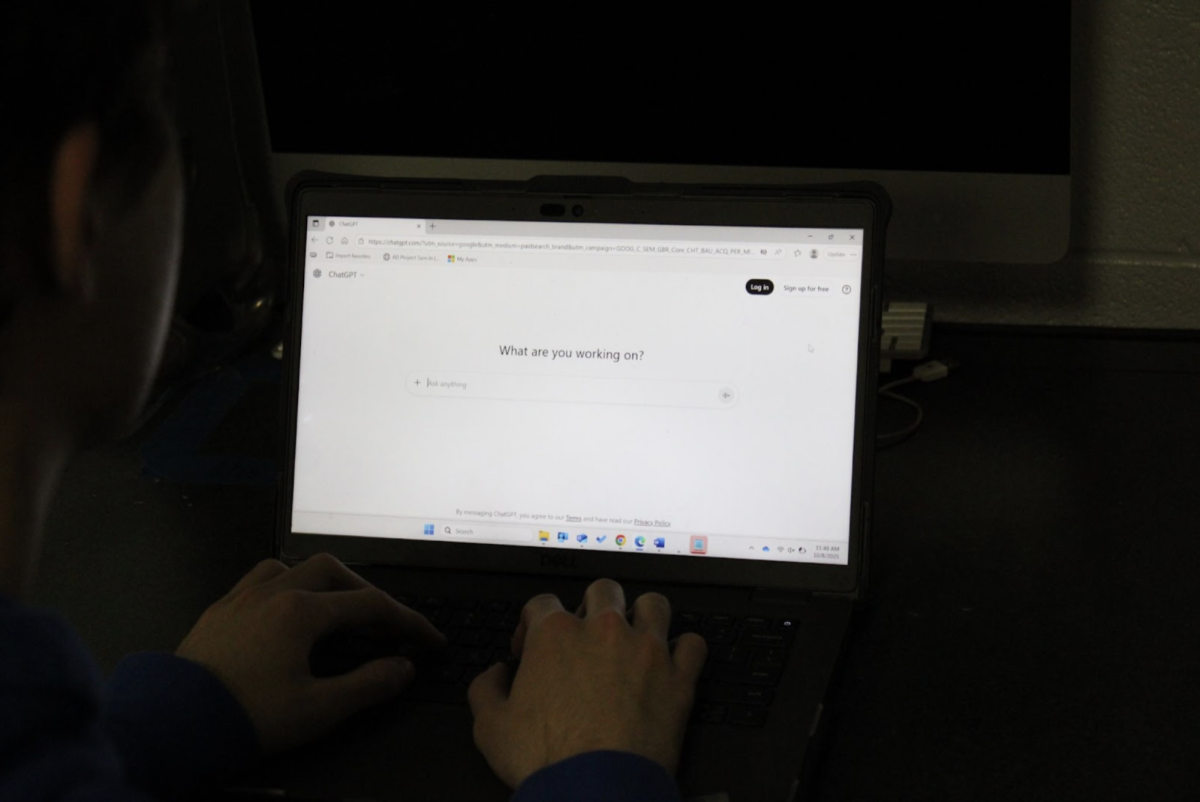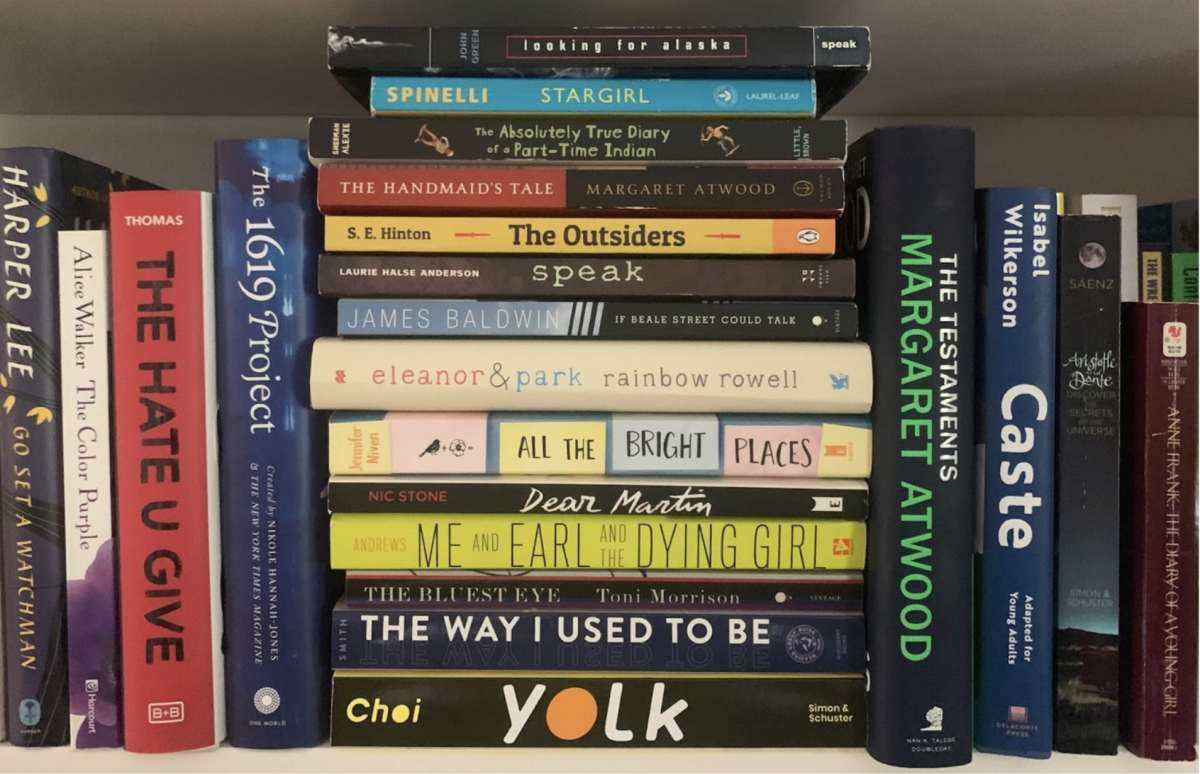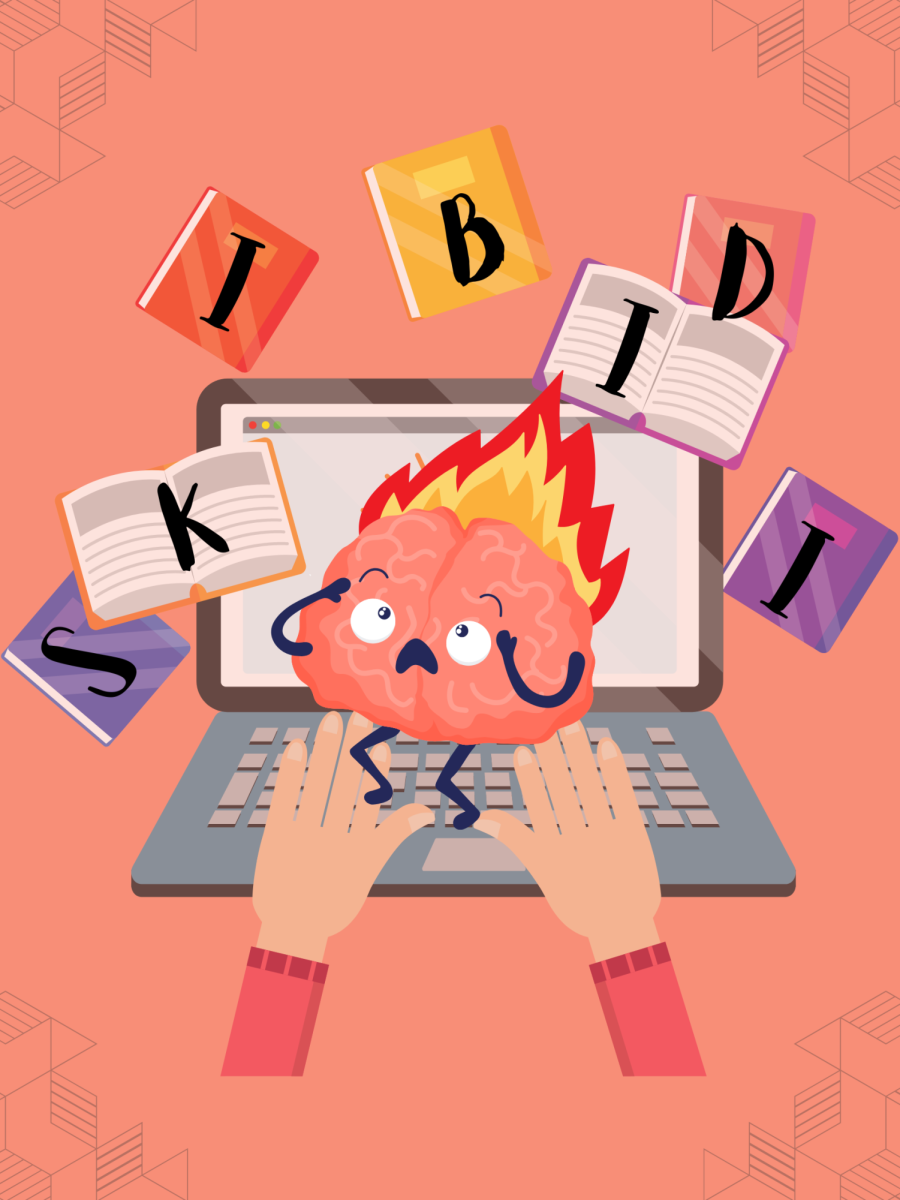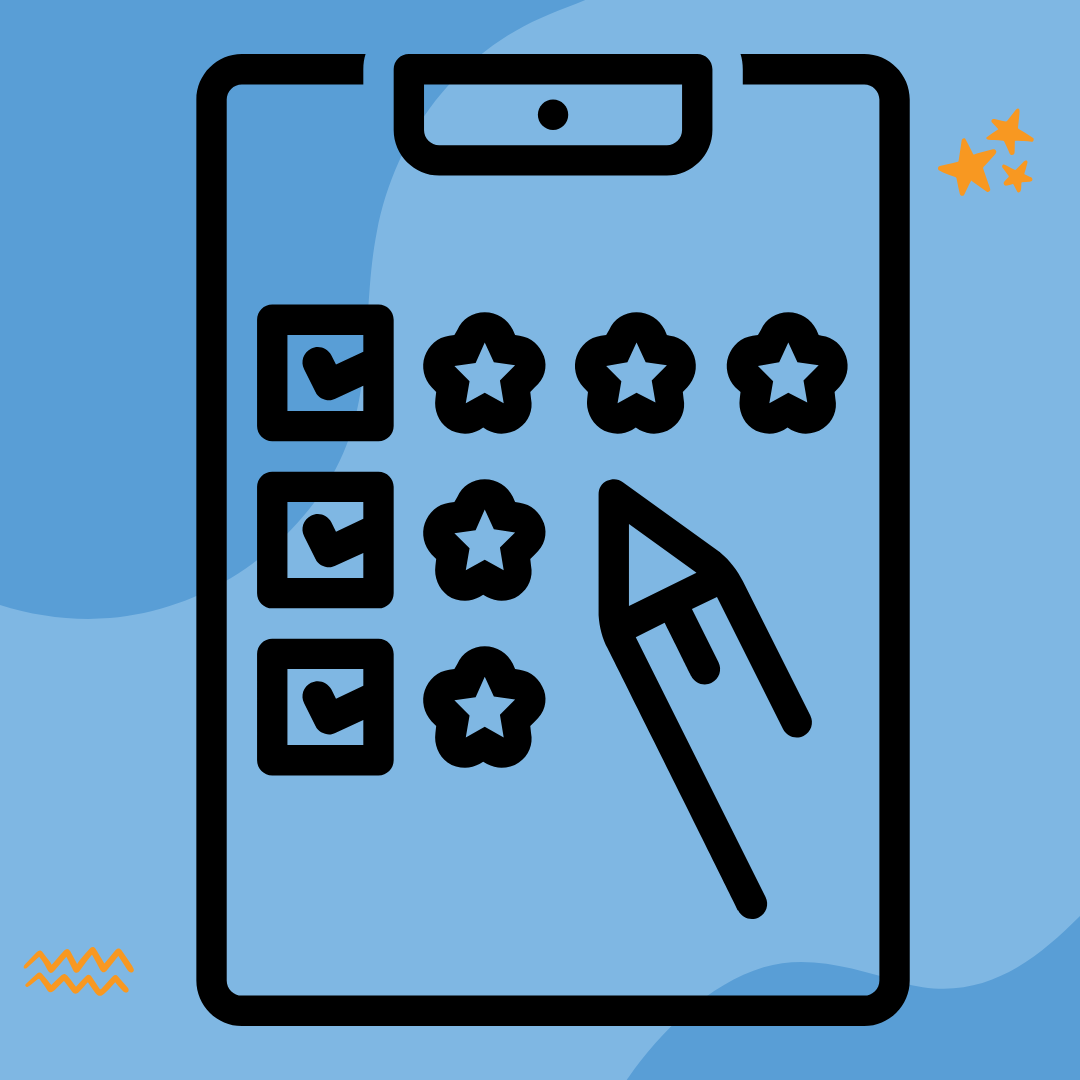A few years ago, the idea of using artificial intelligence in the classroom felt like something out of a sci-fi movie. But now, in 2025, ChatGPT is everywhere: in schools, libraries, and on students’ laptops around the world. For many, it’s been a game-changer. It’s helped students feel more confident, given teachers extra support and made learning more accessible to everyone. In a way, it’s enfranchised people who might have struggled in a traditional classroom setting. At the same time, not everyone sees it as a good thing. Some worry that students might start relying too much on AI or that it could take away from real human connection in learning. Still, ChatGPT has grown far beyond just being a chatbot. It’s now a tutor, a writing coach, a research buddy, even someone to practice debates with. Whether it’s helping a teenager with algebra or guiding a sixth grader through an essay idea, it’s quietly changing how we learn and teach every day.
ChatGPT is a good resource in classrooms as long as it’s used for the right purpose. It can help students understand tough topics, spark ideas or get them unstuck when they’re struggling. But if it’s used as a shortcut instead of a learning tool, it can take away from real growth.
ChatGPT offers instant assistance around the clock, becoming a new kind of study buddy for students. When homework gets tough like late night math problems without a teacher around, ChatGPT can step in to help. Struggling to understand a long article in English class? ChatGPT breaks it down in plain language, offers clarifications, rewrites tricky parts and even provides encouragement. For most students who use it well, it’s not about just getting answers; it’s more like having a study partner who explains things clearly and helps them think through problems. In classrooms, AI can also spark collaboration—like in one middle school where students co-wrote stories with ChatGPT and then brought them to life with AI-generated art, blending creativity and technology. In another high school, a science teacher created an AI-powered lab assistant that helps students design experiments. Especially in underfunded schools with limited staff, ChatGPT can fill in the gaps by offering extra tutoring in subjects that are hard to cover fully. Across different settings, the tool is being adapted not just adopted to truly benefit students and their learning journeys
ChatGPT doesn’t just benefit students but also teachers. Teachers are incorporating ChatGPT into their lesson plans in new ways. If you need to quickly create lesson plans, quiz questions or materials tailored to different learning levels, ChatGPT can help streamline the process in a matter of seconds. For overburdened teachers, ChatGPT can provide a reliable helping hand when it comes to the classroom curriculum. Some educators are even using it during class discussions. For example, some former teachers stated that they in fact find ChatGPT very useful during instruction time. For example, a teacher might ask ChatGPT to provide a counterargument in a debate or project ChatGPT on a screen and have students critique its response to a writing prompt, turning the AI into a tool for critical thinking. ChatGPT can provide opinions or perspectives—especially in English classes that weren’t already considered, because they pull from a variety of sources online.Instead of replacing educators, ChatGPT often helps lighten the load, allowing teachers to focus more on connection and creativity.
For many students, especially those who don’t have access to private tutoring, ChatGPT has helped close the gap. It offers instant explanations, feedback, and practice opportunities, no matter your background or location. Students learning English as a second language can ask for translations or simplified explanations. Those with learning differences can adjust how ChatGPT responds requesting visuals, step by step breakdowns or even gamified examples. And for shy or anxious students, AI can feel like a judgment free space to ask “silly” questions they might otherwise keep to themselves. In so many small but meaningful ways, it’s helping students feel seen, supported, and capable. .
However, ChatGPT hasn’t entered schools without controversy. Some worry it makes cheating easier. Others argue that students might become too dependent on it, skipping the hard work of thinking critically or learning deeply. But many educators are shifting their approach not banning AI, but teaching students how to use it wisely. That means learning to evaluate AI-generated information for accuracy, using it to brainstorm rather than write final drafts and knowing when it helps versus when it hinders real learning. In short, schools are starting to recognize that AI literacy is becoming as essential as reading and writing, especially as these tools are already a growing part of today’s workplace. Teaching students how to work with AI now means preparing them for the world they’ll graduate into.With new updates like real time voice conversations, deep research capabilities, and even live translation, ChatGPT is on track to become an even bigger presence in schools. In the future, it might help students collaborate across languages, assist with career planning or offer tailored support based on learning styles. But one thing’s clear: ChatGPT isn’t just a tech fraud’s becoming a tool. Tools commonly used in the classroom, such as calculators, search engines, and word processors, are synonymous with technology that supports learning.
ChatGPT isn’t replacing teachers, classrooms, or traditional learning. What it’s doing is reshaping and reimagining the way the world is interacting with information, making it more accessible, interactive and personalized. As with any tool, the key lies in how we use it. In the right hands and with the right guidance—ChatGPT is helping schools move toward a future where learning is more flexible, inclusive, and engaging than ever before.








